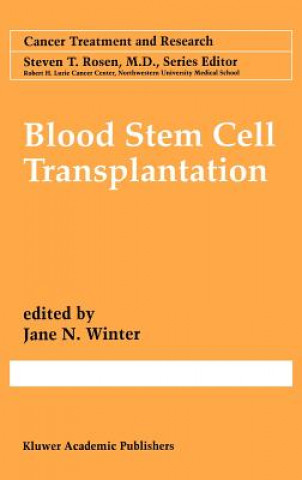
Kód: 01395222
Blood Stem Cell Transplantation
Autor Jane N. Winter
Blood Stem Cell Transplantation conveys the excitement that accompanies the newest developments in hematopoietic stem cell transplantation. Some of the applications that stand to impact this field most significantly are based on r ... celý popis
- Jazyk:
 Angličtina
Angličtina - Väzba: Pevná
- Počet strán: 416
Nakladateľ: Springer, 1997
- Viac informácií o knihe

626.71 €

Skladom u dodávateľa v malom množstve
Odosielame za 12 - 17 dní
Potrebujete viac kusov?Ak máte záujem o viac kusov, preverte, prosím, najprv dostupnosť titulu na našej zákazníckej podpore.
Pridať medzi želanie
Mohlo by sa vám tiež páčiť
-
Karl Marx, Anthropologist
217.59 € -

Madame Bovary
5.41 € -

Applied Operations Research in Fishing
137.28 € -
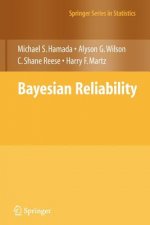
Bayesian Reliability
251.97 € -
Energie, Umwelt und Wirtschaft
89.51 € -
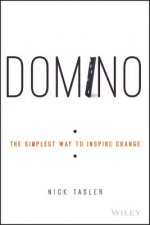
Domino
26.08 € -4 % -

...and Hell Followed with Him
15.64 € -3 % -

Communion with Our God
14.62 € -

Beauties of England and Wales; Or, Delineations, Topographical, Historical, and Descriptive, of Each Country. Embellished with Engravings. Vol. X
48.38 € -

Janský Vrch
2.85 € -31 % -

Driving Miss Daisy - Textband mit Annotationen
13.08 € -

Das unmoralische Geschlecht
21.17 € -5 % -
Zollpolitik der Europaischen Union
49.61 € -

deutsche Wohnungswesen
115.80 €
Darujte túto knihu ešte dnes
- Objednajte knihu a vyberte Zaslať ako darček.
- Obratom obdržíte darovací poukaz na knihu, ktorý môžete ihneď odovzdať obdarovanému.
- Knihu zašleme na adresu obdarovaného, o nič sa nestaráte.
Viac informácií o knihe Blood Stem Cell Transplantation
Nákupom získate 1550 bodov
 Anotácia knihy
Anotácia knihy
Blood Stem Cell Transplantation conveys the excitement that accompanies the newest developments in hematopoietic stem cell transplantation. Some of the applications that stand to impact this field most significantly are based on recent advances in the biological sciences, as demonstrated by the chapters on gene therapy, on the detection of minimal residual disease using molecular techniques, and on the use of radioimmunoconjugates targeting lymphoma and leukemia-associated antigens. Others are the results of clinical observations - e.g., the association between graft-versus-host- disease (GVHD) and durable remissions that have led to creative clinical experiments such as donor leukocyte infusions (DLI). Attempts to unravel the biological events that underlie the responses seen in patients with relapsed chronic myelogenous leukemia treated with DLI are likely to provide the basis for future refinements in this clinical approach. Hopefully, improved response rates and reduced toxicity will result. The power of the immunologic response in controlling malignant disease is underscored in the chapter on post-transplant immunotherapy. The complex immunologic process that results in clinical GVHD may be dissected and engineered to provide clinical benefits that include, in addition to its antineoplastic effects, the amelioration of its clinical manifestations. Better control of GVHD with less global immunosuppression will facilitate the use of mismatched and unrelated donors. This area of investigation perfectly illustrates the continued interplay between the laboratory and the clinic. The continued cross-fertilization of ideas between immunologists, molecular biologists and clinical investigators is likely to yield important advances in this field for years to come. Possible applications of stem cell transplantation continue to grow with the identification of alternative sources of stem cells and the potential to engineer and/or expand the graft. Although the use of unrelated and mismatched donors continues to increase, the possibilities associated with umbilical cord blood transplantation are legion, especially if stem cells can be expanded ex vivo to provide grafts for full-sized adults. Using techniques in which contaminating malignant cells may be eliminated from autografts through positive selection, autologous transplantation may prove highly effective, especially when coupled with post-transplant immunotherapy. Some of these same methodologies have helped facilitate the use of autologous grafts for transplantation in patients with chronic myelogenous leukemia without allogeneic donors. Advances in the supportive care of transplant patients, including the pretransplant identification of those at risk from pulmonary complications and the use of cytokines to speed engraftment, have reduced morbidity and mortality to such a degree that it is appropriate to consider high-dose therapy and stem cell reconstitution in patients with nonmalignant diseases. The impressive advances that have occurred in transplantation for thalassemia are described by pioneers in their area of investigation. The burgeoning field of transplantation for autoimmune disorders, including its immunobiologic basis and soon-to- be-realized clinical potential, is also summarized. Continued progress in the use of high-dose therapy with stem cell rescue for the treatment of pediatric tumors, which derives in part from improved supportive care, is detailed. The sobering voice of the health care economists underscores the necessary limitations to our seemingly unbridled imagination. Cost- consciousness and financial know-how will need to be reflected in future study designs. Given the seemingly endless applications of our technology, strategies to insure its cost-effectiveness will be necessary. Continued financial support for laboratory investigation and for the clinical experiments they generate will be required if we are to go forward. Blood Stem Cell Transplantati
 Parametre knihy
Parametre knihy
Zaradenie knihy Knihy po anglicky Medicine Clinical & internal medicine Diseases & disorders
626.71 €
- Celý názov: Blood Stem Cell Transplantation
- Autor: Jane N. Winter
- Jazyk:
 Angličtina
Angličtina - Väzba: Pevná
- Počet strán: 416
- EAN: 9780792342601
- ISBN: 0792342607
- ID: 01395222
- Nakladateľ: Springer
- Hmotnosť: 1730 g
- Rozmery: 235 × 155 × 25 mm
- Dátum vydania: 06. March 1997
Obľúbené z iného súdka
-
Healing Add
17.89 € -16 % -

Radical Remission
18.10 € -11 % -
Cancer as a Metabolic Disease - On the Origin, Management, and Prevention of Cancer
187 € -
Palliative Radiation Oncology
265.27 € -
Roitt's Essential Immunology 13e
64.44 € -1 % -
Infectious Diseases: A Clinical Short Course
112.01 € -

CT Anatomy for Radiotherapy
96.57 € -
Bethesda Handbook of Clinical Oncology
71.19 € -3 % -
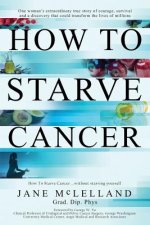
How to Starve Cancer
21.99 € -19 % -
Comprehensive Review of Infectious Diseases
151.09 € -
Spillover
15.23 € -
Healing Lyme Disease Coinfections
17.69 € -16 % -

Allergic to Life
41.63 € -9 % -
Immunology Guidebook
289.31 € -
Cardio-Oncology
119.28 € -
Schaum's Outline of Immunology
32.22 € -
Emperor of All Maladies
12.57 € -21 % -

Natural Treatments for Lyme Coinfections
17.18 € -18 % -

Oxford Handbook of Clinical Immunology and Allergy
37.54 € -14 % -
Musculoskeletal Imaging
90.43 € -

Graphic Guide to Infectious Disease
53.09 € -

Health and Disease Begin in the Colon
54.31 € -

Oxford Handbook of Infectious Diseases and Microbiology
54.01 € -
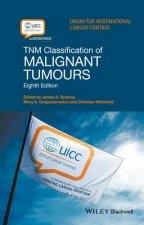
TNM Classification of Malignant Tumours 8e
52.27 € -3 % -
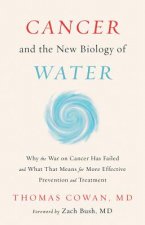
Cancer and the New Biology of Water
25.05 € -4 % -
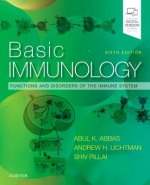
Basic Immunology
64.75 € -5 % -
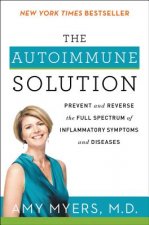
Autoimmune Solution
12.27 € -23 % -
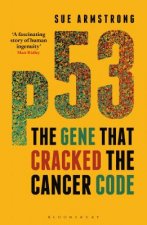
p53
13.90 € -20 % -
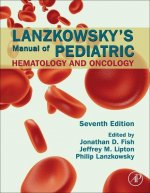
Lanzkowsky's Manual of Pediatric Hematology and Oncology
222.19 € -
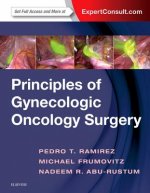
Principles of Gynecologic Oncology Surgery
382.40 € -
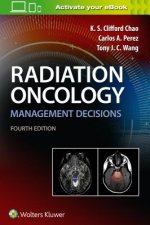
Radiation Oncology Management Decisions
120.61 € -2 % -

Netter's Infectious Diseases
85.62 € -9 % -

Atlas of Multiparametric Prostate MRI
214.11 € -
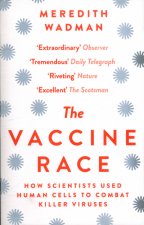
Vaccine Race
12.27 € -23 % -
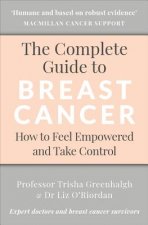
Complete Guide to Breast Cancer
18.71 € -23 % -
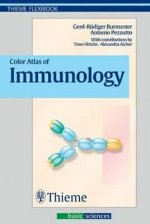
Color Atlas of Immunology
24.65 € -

Compatibility Gene
12.27 € -23 % -

Key to Self-Liberation
86.44 € -
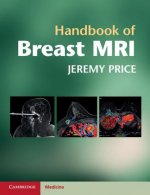
Handbook of Breast MRI
137.49 € -
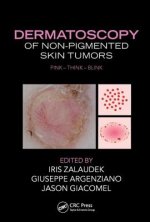
Dermatoscopy of Non-Pigmented Skin Tumors
236.11 € -

Breast Ultrasound
107.41 € -
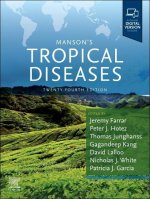
Manson's Tropical Diseases
277.85 € -
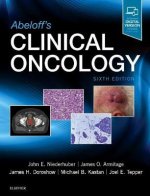
Abeloff's Clinical Oncology
476.52 € -
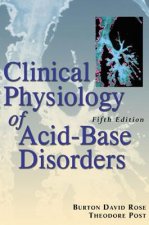
Clinical Physiology of Acid-Base and Electrolyte Disorders
120.61 € -
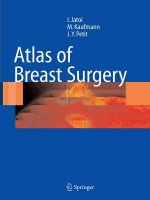
Atlas of Breast Surgery
314.37 € -
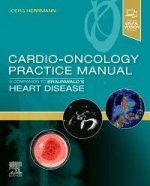
Cardio-Oncology Practice Manual: A Companion to Braunwald's Heart Disease
153.65 € -
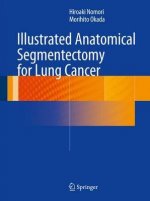
Illustrated Anatomical Segmentectomy for Lung Cancer
178 € -
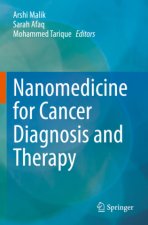
Nanomedicine for Cancer Diagnosis and Therapy
251.97 € -

Chemotherapy Protocols and Infusion Sequence
119.28 €
Osobný odber Bratislava a 2642 dalších
Copyright ©2008-24 najlacnejsie-knihy.sk Všetky práva vyhradenéSúkromieCookies


 21 miliónov titulov
21 miliónov titulov Vrátenie do mesiaca
Vrátenie do mesiaca 02/210 210 99 (8-15.30h)
02/210 210 99 (8-15.30h)